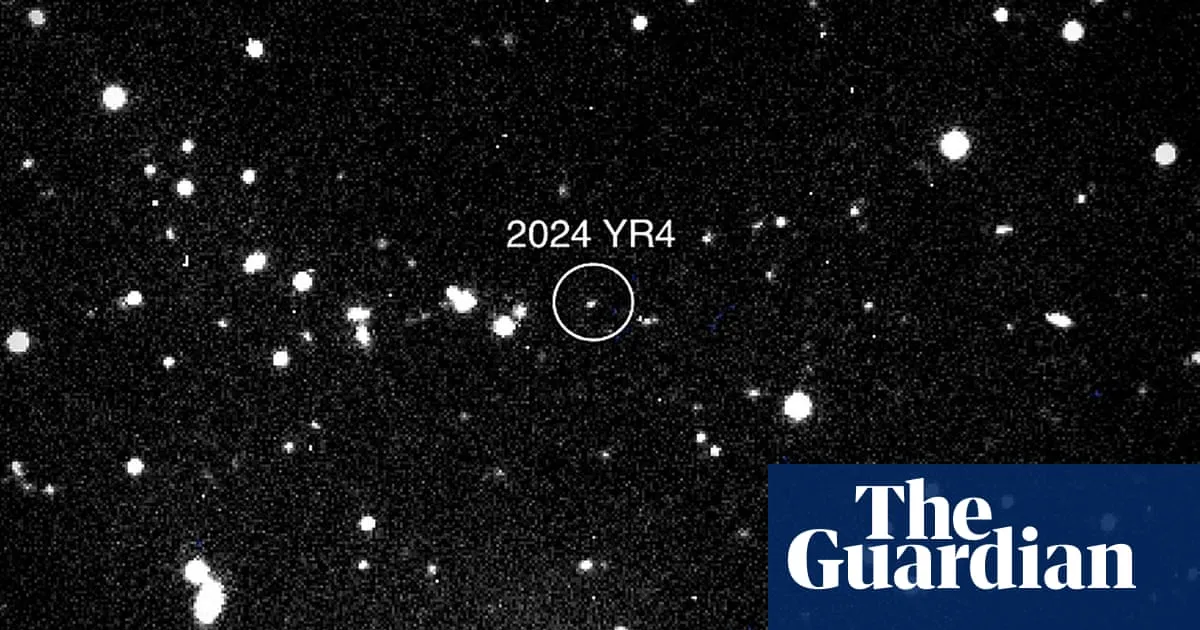
It was a discovery that initially led to panic-inducing headlines: a giant asteroid found to be hurtling towards Earth, with the potential to cause significant damage. Although it was unlikely to wipe out life, the impact of asteroid 2024 YR4 could have been devastating.
The world can now breathe a sigh of relief. After concerns about a future collision increased earlier this year, the likelihood of an impact is now so low as to be negligible. The asteroid, measuring approximately 40–90 meters (130-300 feet) in width, is far smaller than the celestial body that ended the reign of the dinosaurs.
Despite its smaller size, an impact with Earth could still have caused significant death and destruction. The asteroid was deemed capable of releasing energy equivalent to 7.8 megatonnes of TNT explosive. This prompted a planetary defense response, with experts closely tracking the trajectory of the asteroid.
Initially, the likelihood of an impact in 2032 rose to 3.1% as of February 18 this year. However, data from NASA now reveals the probability has dropped to just 0.0017%. In simpler terms, there is a 99.9983% chance that the asteroid will miss Earth entirely. On the Torino impact hazard scale, which ranges from zero (no risk) to ten (global catastrophe), asteroid 2024 YR4 currently ranks at zero.
The change in threat level was not unexpected. As the European Space Agency previously noted, an asteroid's impact probability often rises before dropping as additional observations are made. Colin Snodgrass, a professor of planetary astronomy at the University of Edinburgh, stated, “This asteroid was a good demonstration of why we have these procedures. A higher-than-normal risk triggered further observations and planning, which ultimately allowed us to rule out an impact.”
Snodgrass also highlighted that such alerts are likely to become more common. With the new Vera Rubin Observatory starting to scan the skies later this year, many more asteroids will be discovered, and some will require further attention to rule out impacts. “This shouldn’t be a cause for alarm,” he explained. “It is a sign that our technology is improving, and we are doing better at discovering asteroids. It means that if we do find one coming towards Earth, we have a better chance of finding it with enough warning time to take action.”